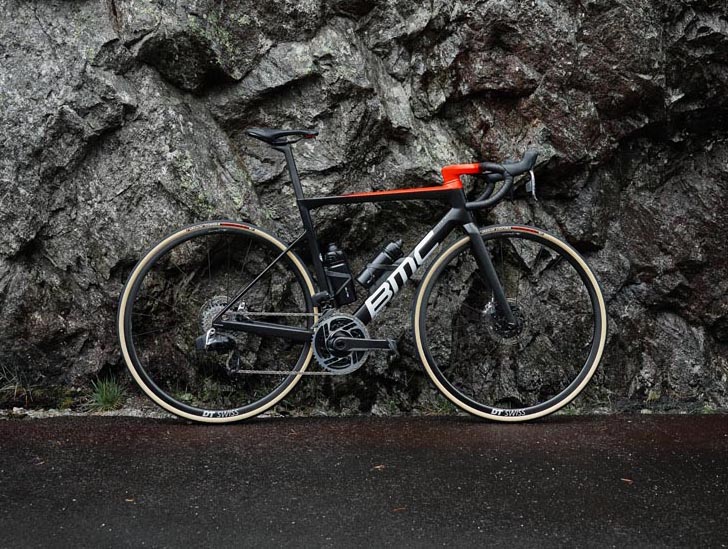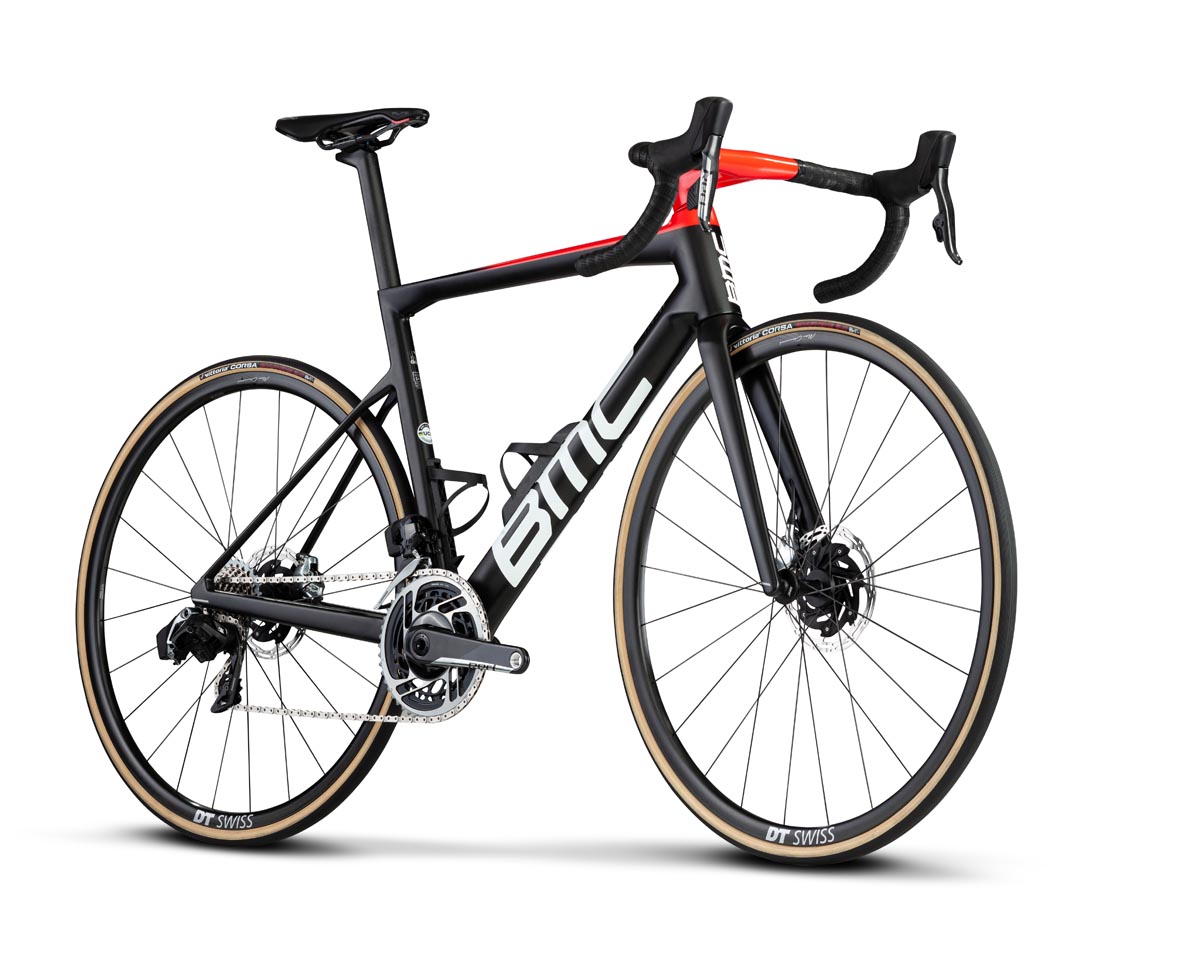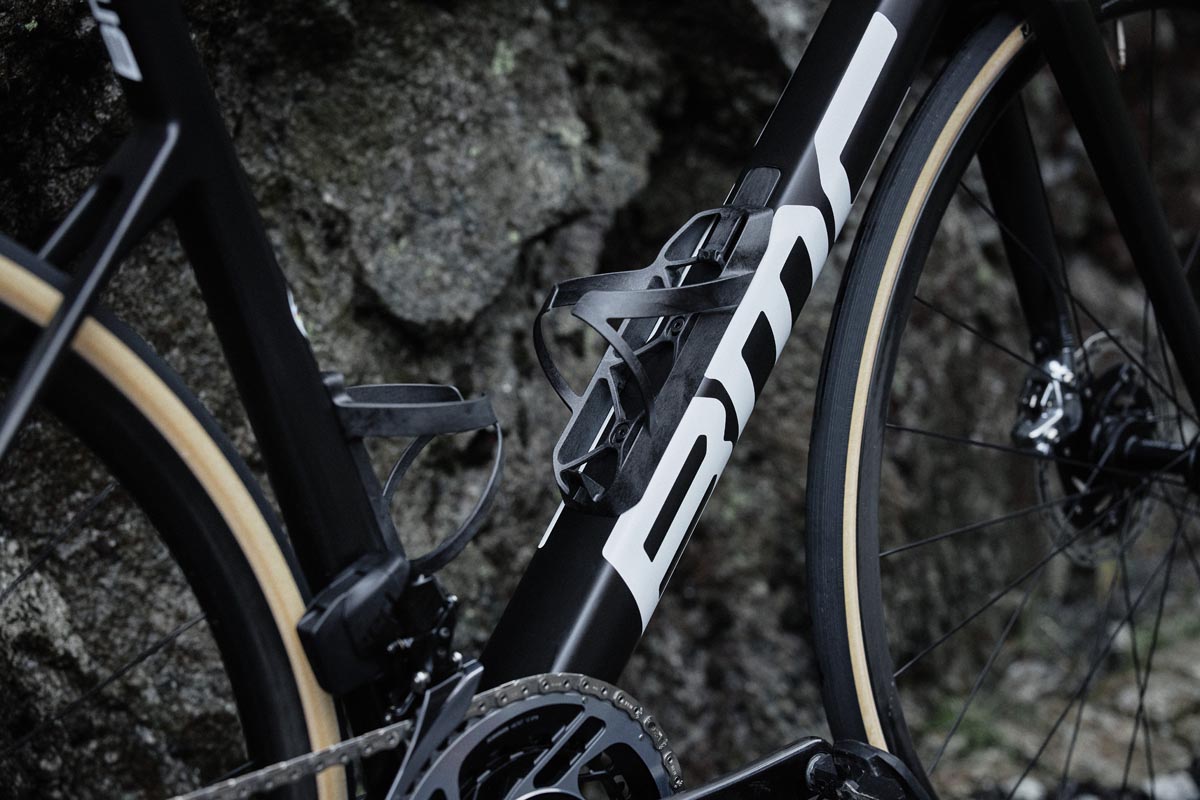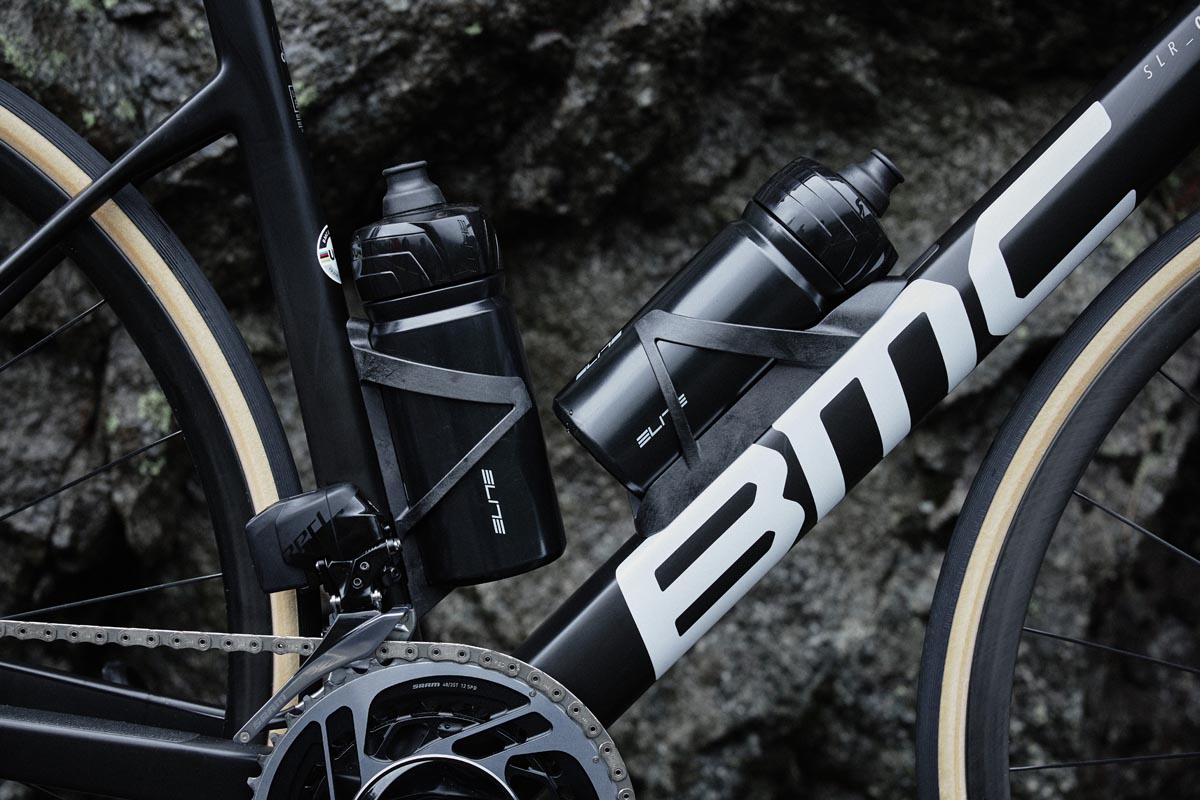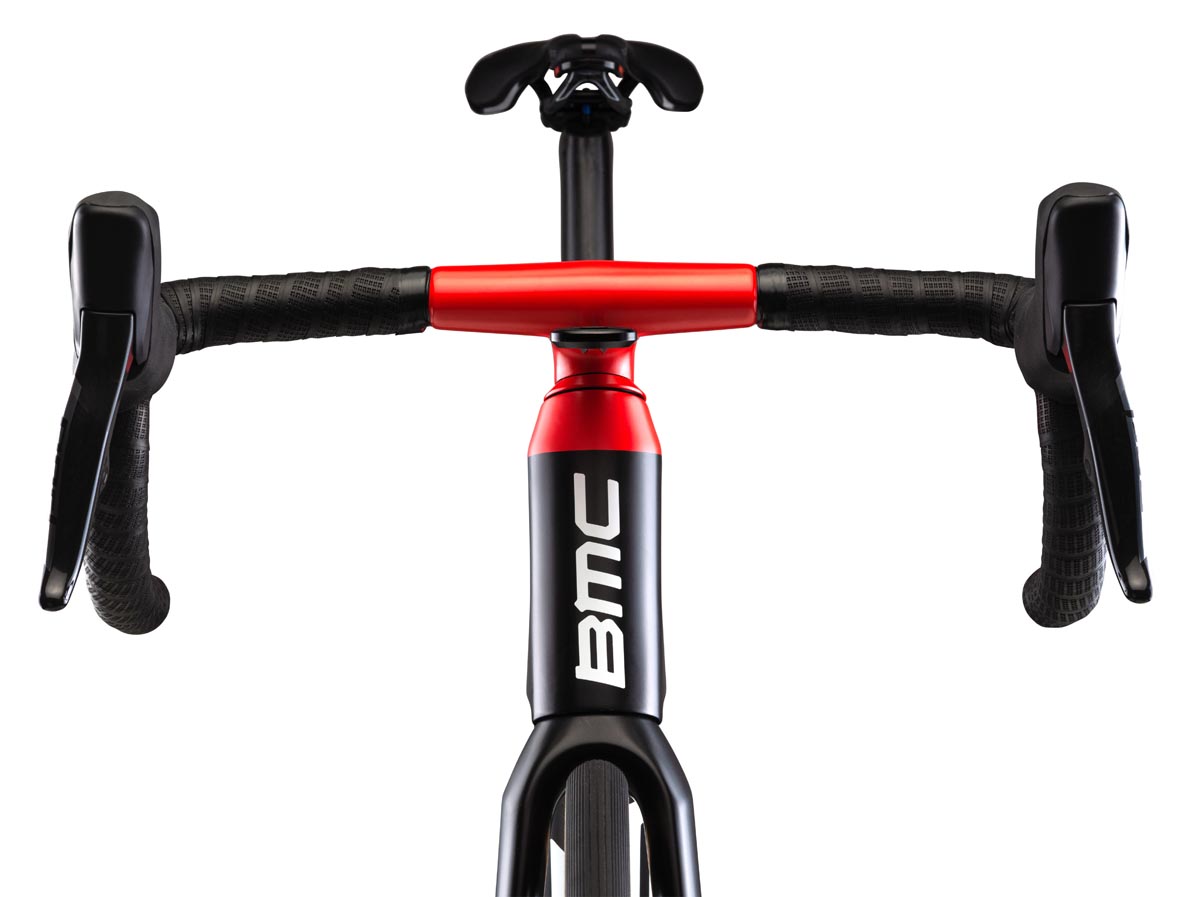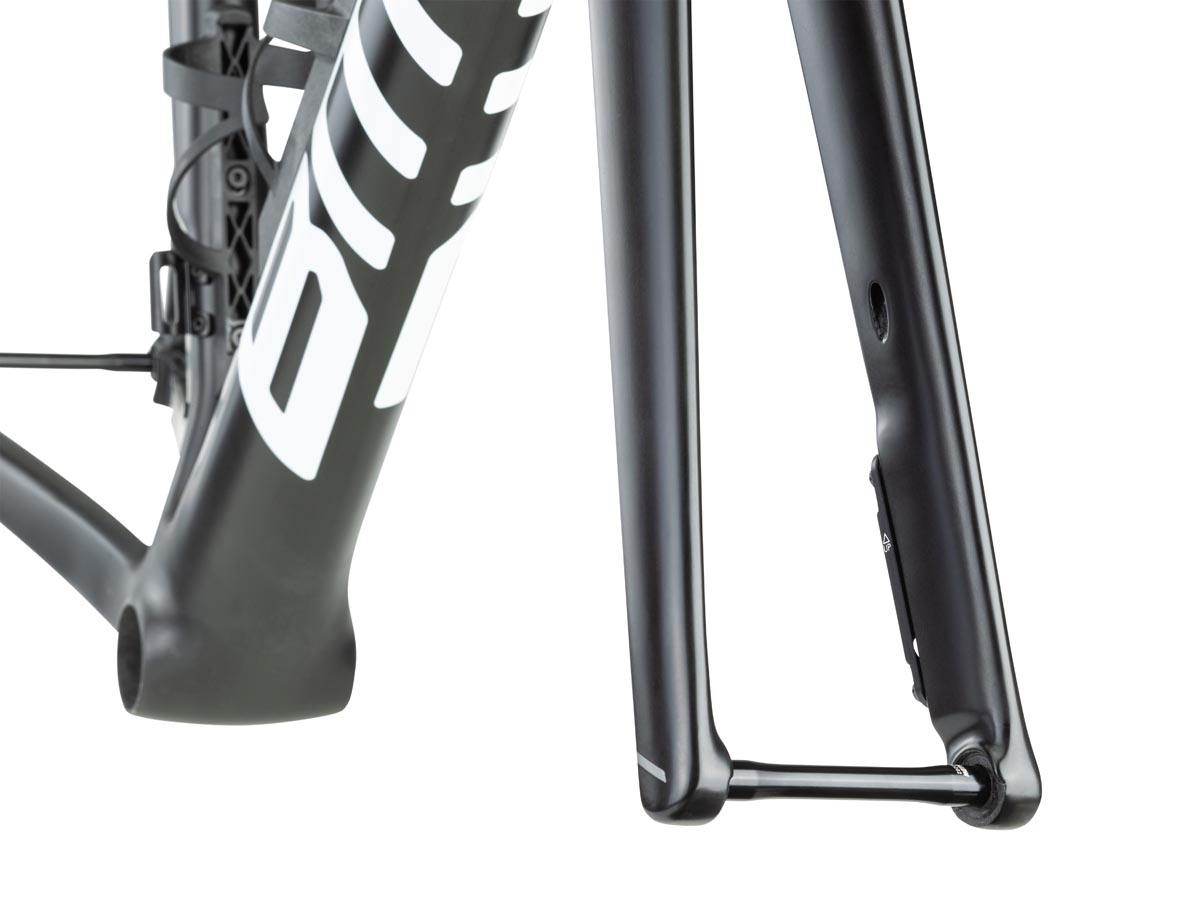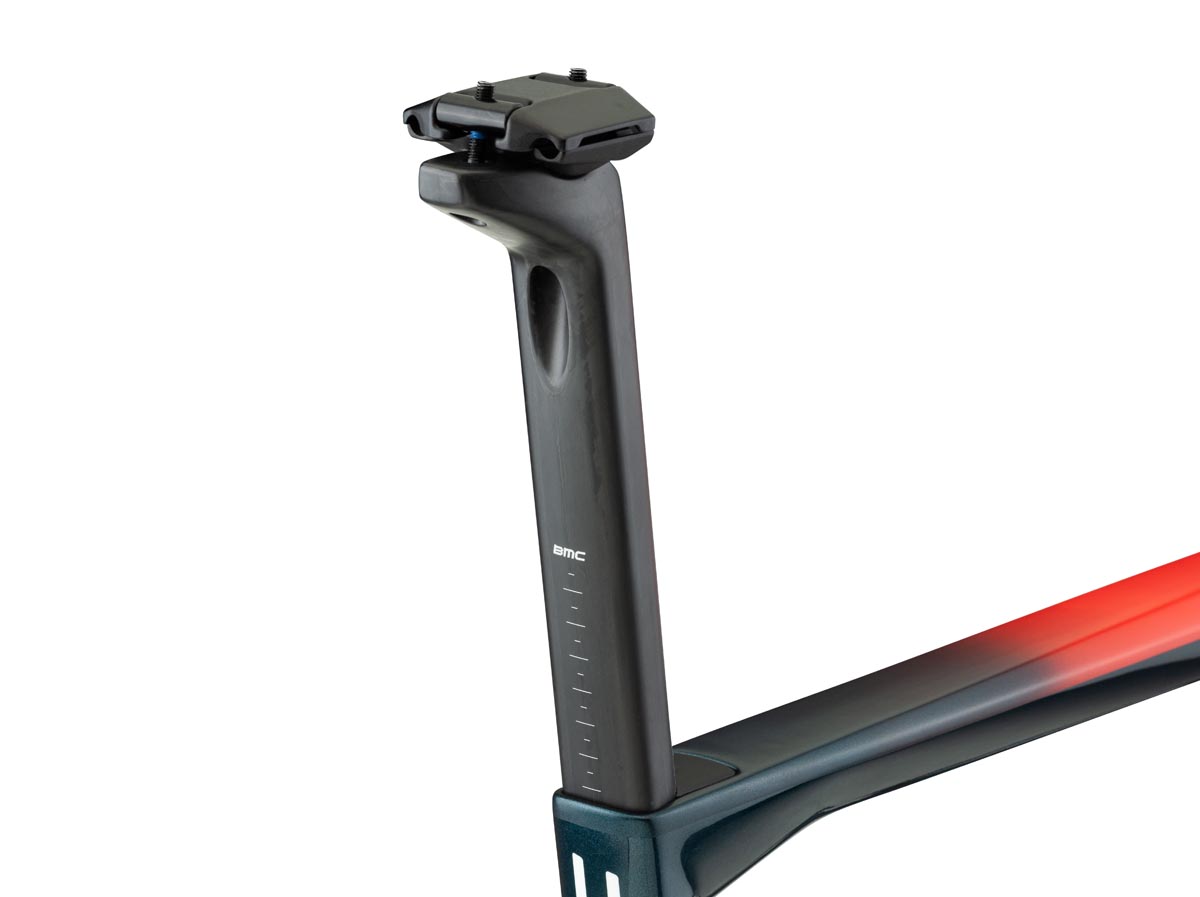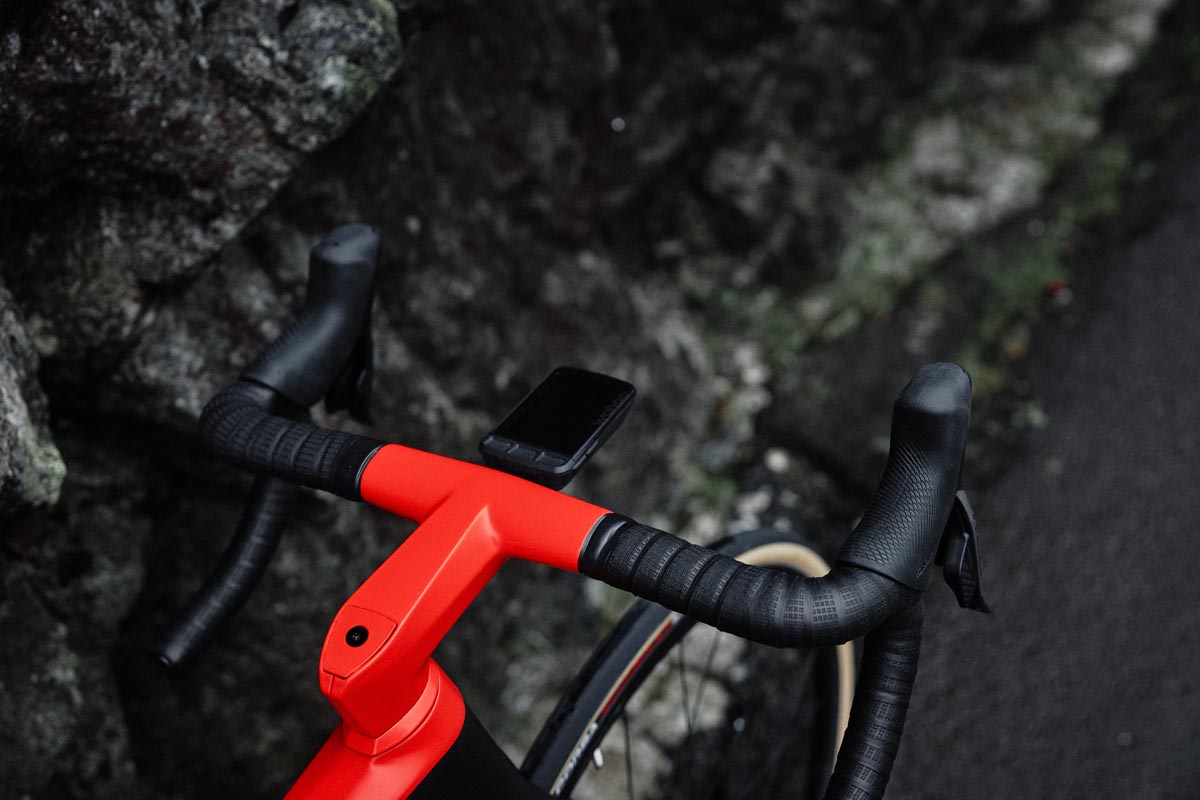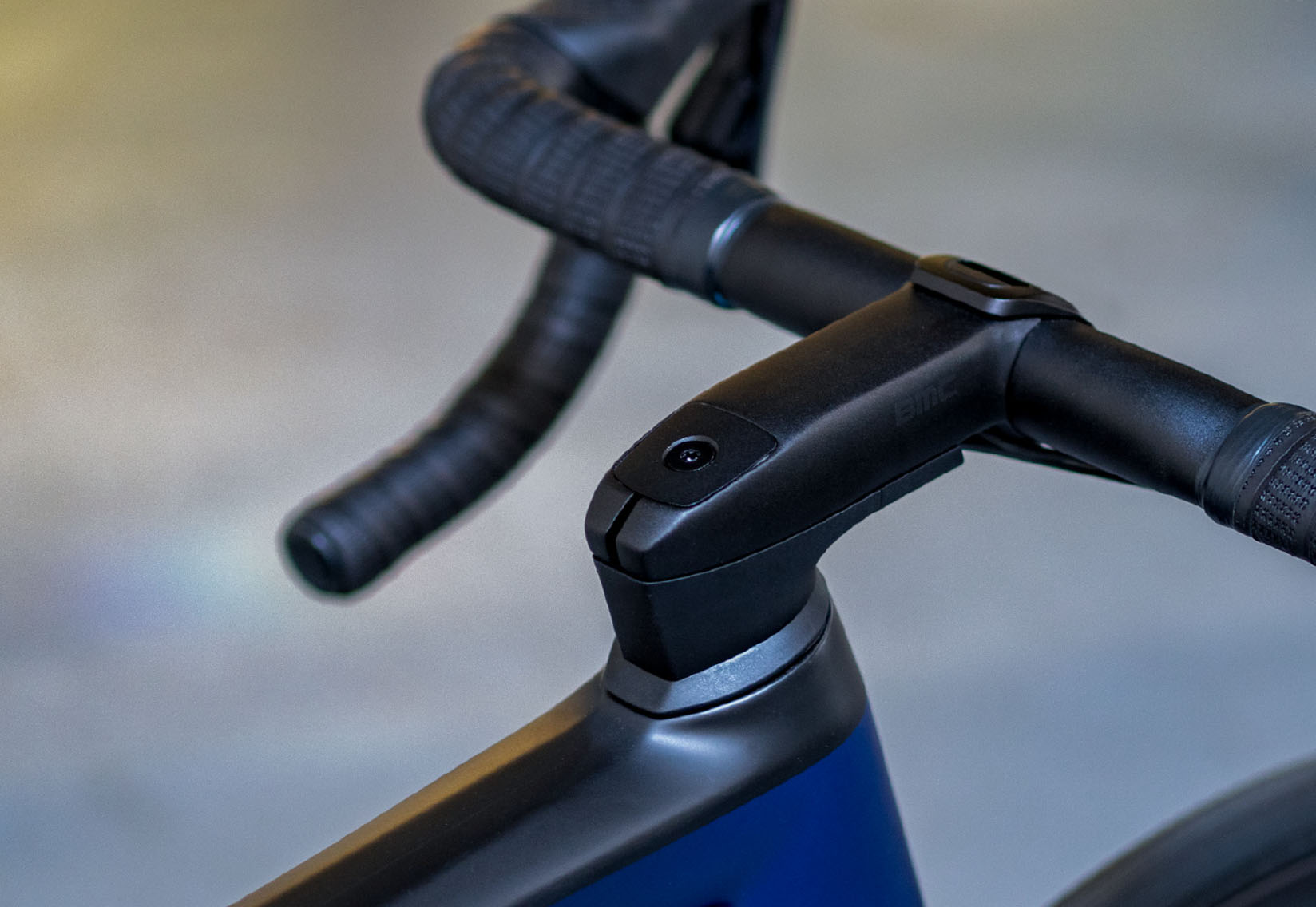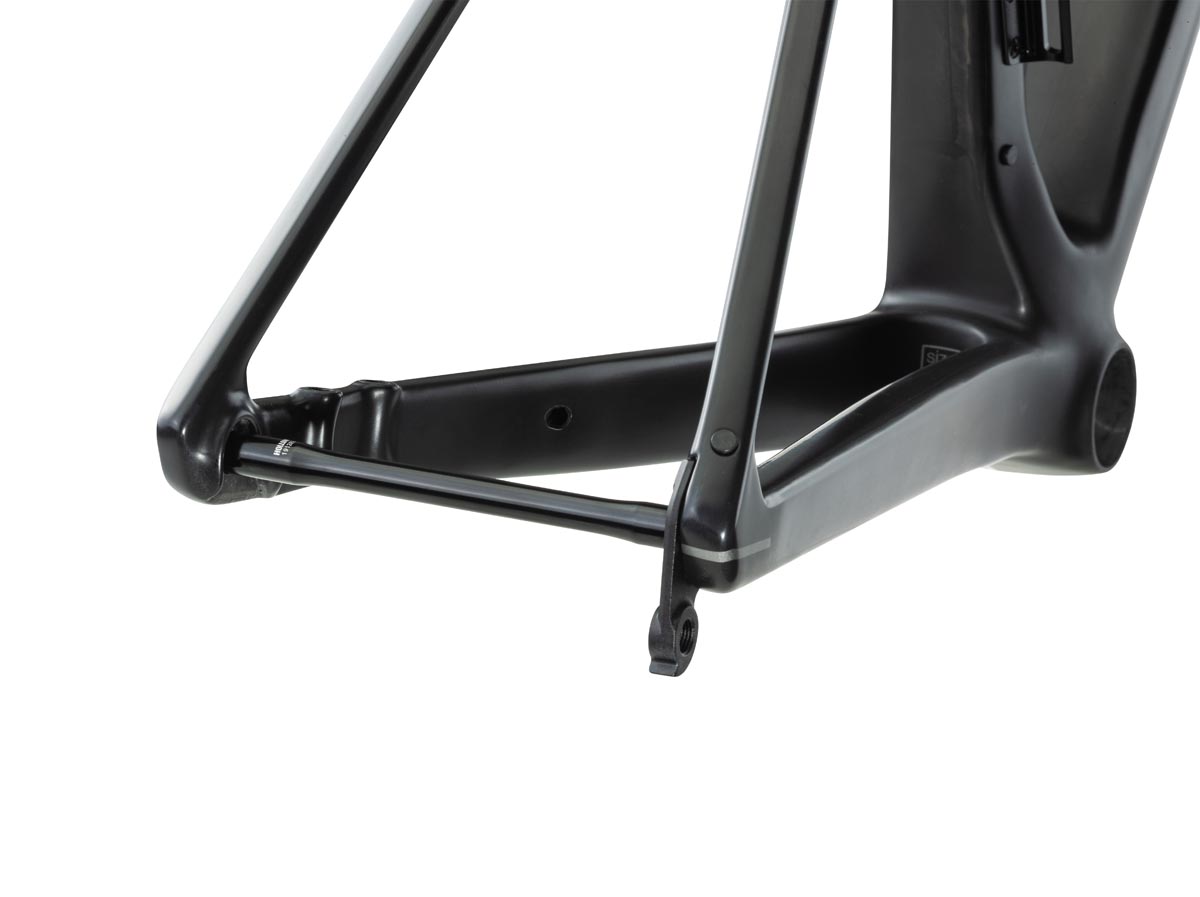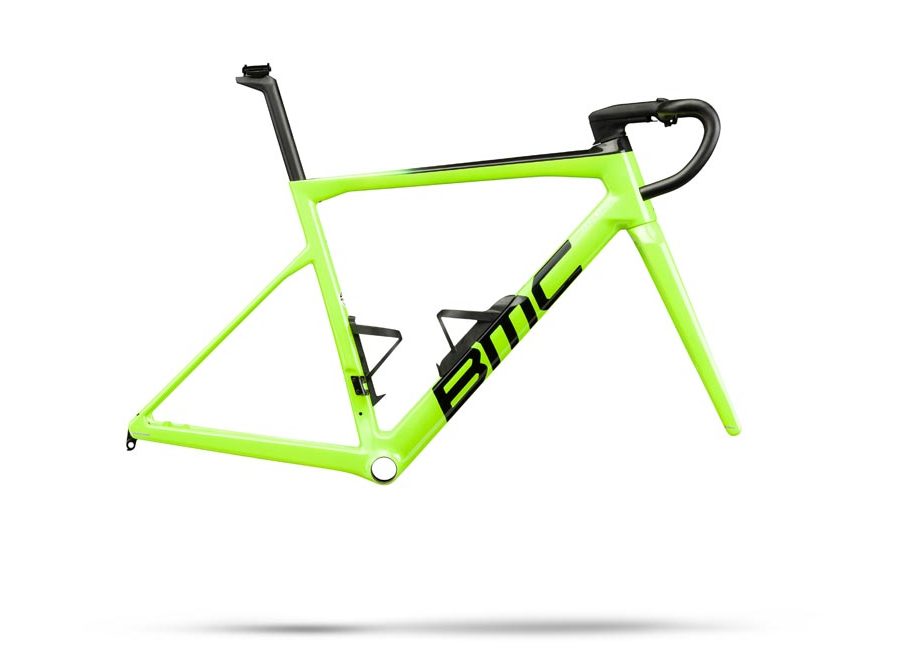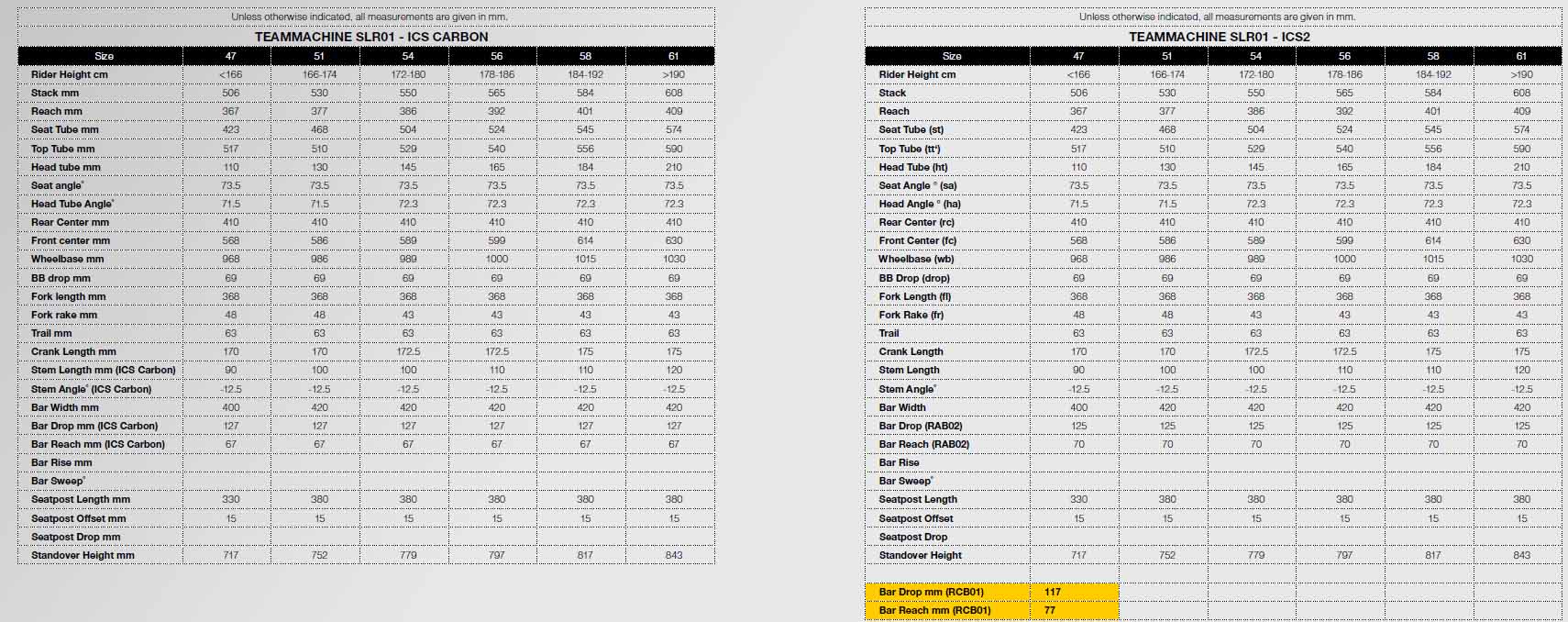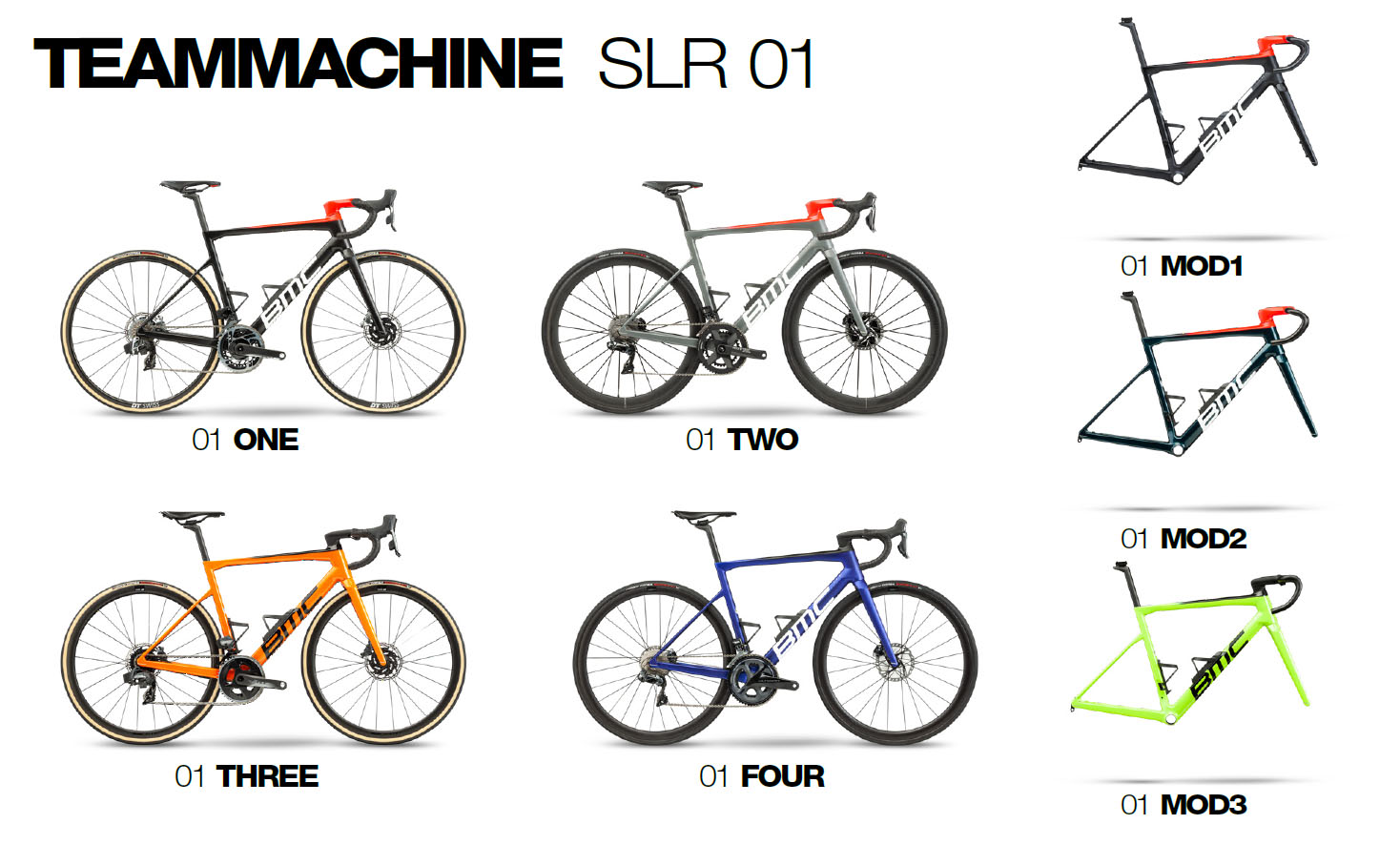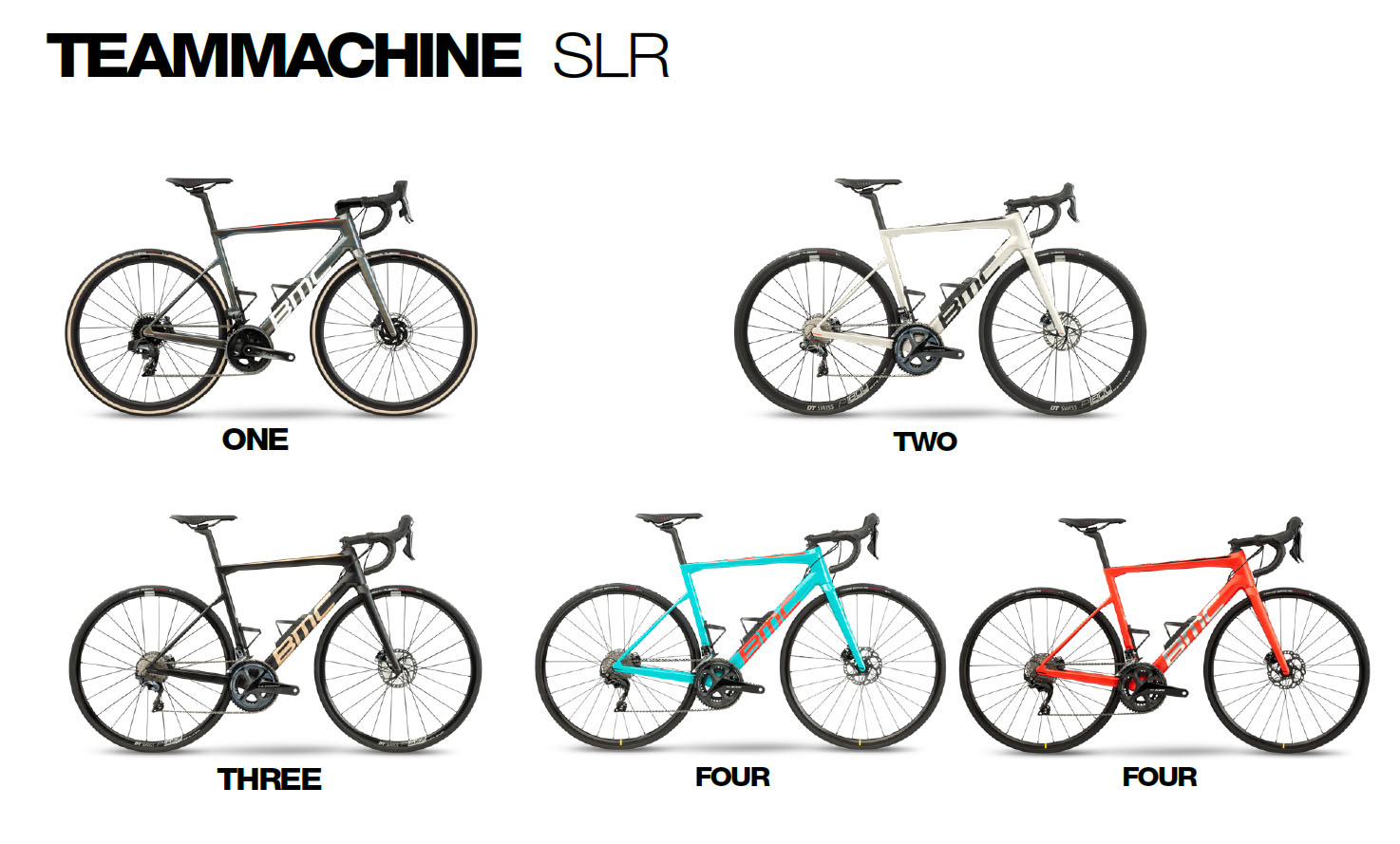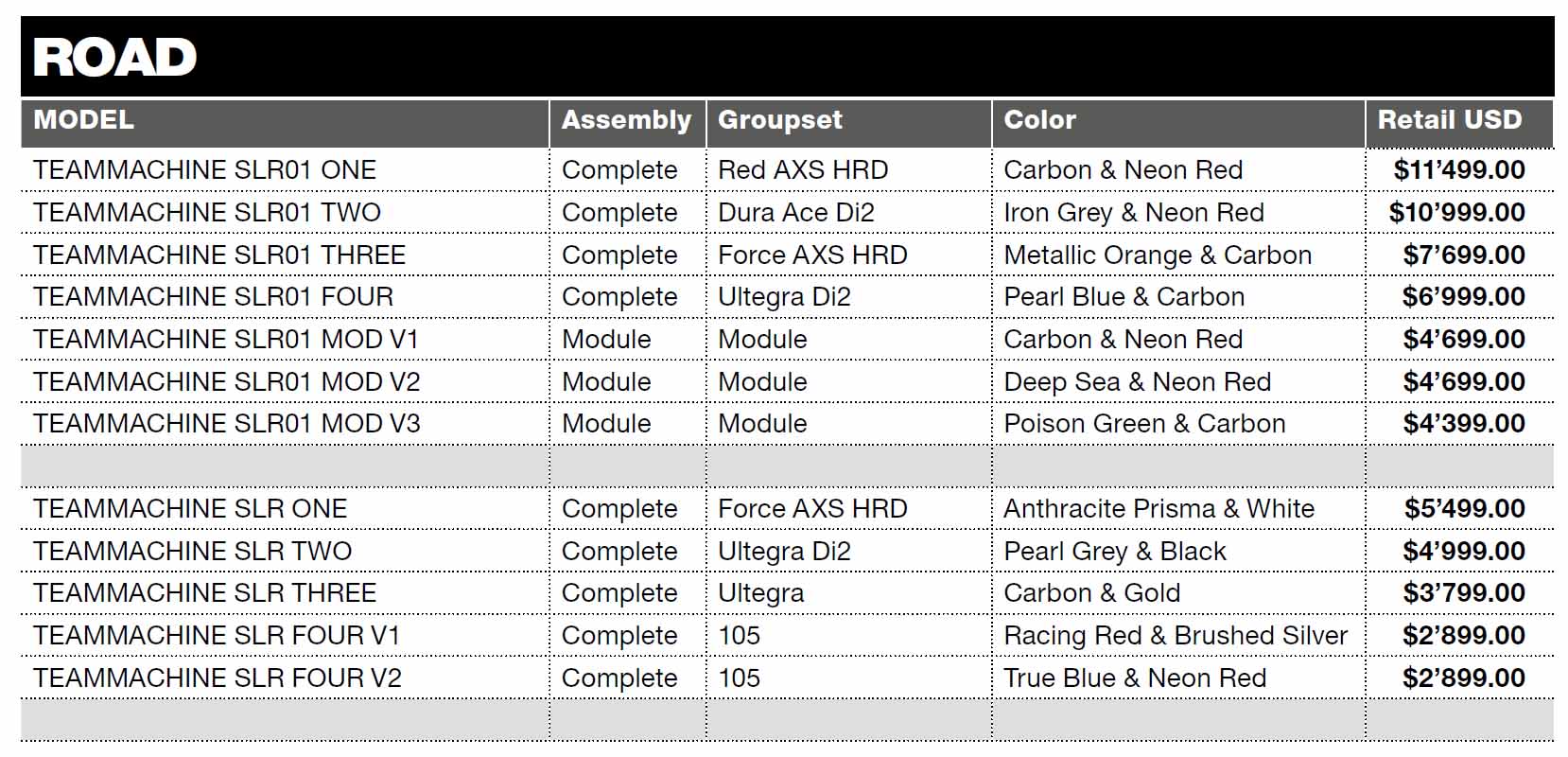First launched in 2011, the BMC Teammachine SLR was a first for the brand in a few ways. It was the first to use their Tuned Compliance Concept, and the first to take advantage of their Accelerated Composites Evolution or ACE technology. Since 2011, the Teammachine SLR has been revised a few times, but the 2021 model looks like the best one yet.
The Teammachine SLR still makes use of their ACE tech, but this time it uses what they refer to as ACE+. Essentially, ACE is a computer program that runs thousands of different configurations of prototypes in order to create a bike that offers the best blend of stiffness, weight, and compliance. ACT+ adds aerodynamics into that mix, which of course led to BMC’s claim that this is the fastest Team Machine SLR ever created.
A large part of that aero story revolves around their Aerocore which is a fancy name for a water bottle cage system that is designed to improve aerodynamics. We all ride with water bottles, right? Well, instead of designing an aerodynamic bike only to have those aero benefits ruined by adding bottles and cages, BMC designed the whole thing as a system. In this case, when you run the two carbon bottle cages and water bottles, it actually improves the aerodynamics rather than hinders them. It’s not clear how much effect different water bottles would have on the system, but we’re guessing it wouldn’t be enough for you to notice.
Additional aero improvements come from the new ICS or ICS2 integrated cockpit systems, the reshaped fork profile, a D-shaped seat post, and an aero downtube that matches up with the Aerocore system.
Top end bikes will get the ICS Carbon one piece bar and stem which includes stealth cable routing and an integrated computer mount. The system checks in at 305g which is said to be about 30% less than a traditional set up, and is stiffer which BMC claims increases front end control. The stem is fixed in a -12.5° position, and it’s available with 90, 100, 110, 120, 130, and 140mm stem lengths with 40 or 42cm bar widths.
Other bikes will get the ICS2 which is the latest version of their ICS01 stem. While it still offers the same functionality of the ISC01, the new design is lighter weight and offers improved stiffness. The stem allows for the use of a standard bar and hides away the cables as they enter the steerer tube area, and is available in 90-140mm lengths.
Frame stiffness is said to be increased but only in the key areas of the bottom bracket and front end. The BB sees increased torsional stiffness with a wider contact area where the carbon comes together to form the PF86 shell. Their stealth rear derailleur hanger is also said to be reinforced to improve durability while reducing weight.
Now with tire clearance up to 700c x 30mm, the Teammachine will go past race day, and be comfortable on more surfaces. BMC points out that their Tuned Compliance Concept also improves overall rider comfort by optimizing the carbon layup over previous models.
Additional frame details include an integrated seat post clamp for the proprietary D-shaped seat post, an easy access Di2 junction box in the downtube, 12mm thru axles front and rear, and flat mount brakes with a new mount on the front that is said to make it easier to adjust.
All of the weight savings are said to add up to a 9% reduction (160g) compared to the previous generation including the bottle cages. When weighed with the lightest finish and in a 54cm frame, claimed weights are listed as 820g for the frame, 345g for the fork, and 185g for the seat post.
Offered in six frame sizes from 47-61cm, the geometry charts are provided for both the ICS Carbon builds and those with the ICS2 stem and standard bar.
The higher end Teammachine SLR01 will be sold as a complete or a frame module, while the Teammachine SLR will only be sold in complete bikes.
